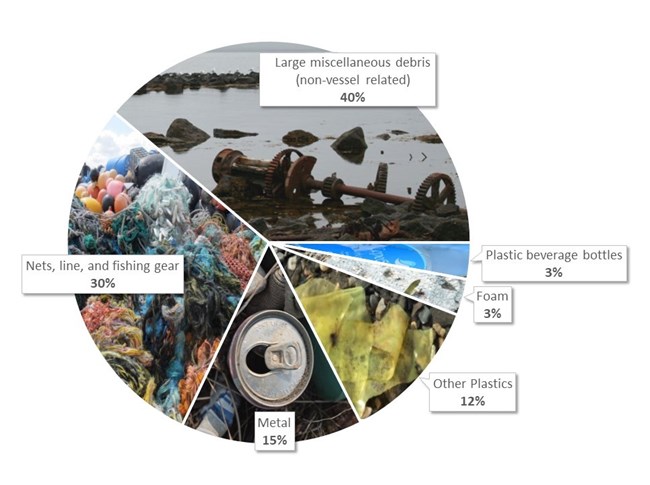
NPS Graphic One Big Ocean, One Big IssueMarine debris comes in all shapes and sizes and can be made from every material imaginable. Before the 1950s, most disposable household items and fishing gear were made of biodegradable products, such as paper bags and hemp rope. If these products entered the ocean, they broke down quickly. As plastic and synthetic materials became more popular for daily use and fishing activities, the issue of marine debris began to grow and significantly impacts our world today. Marine debris is anything found in the ocean that is solid and human-made and is not supposed to be there. Everyday objects can become marine debris if they’re not disposed of properly or go into the ocean or waterways by accident. It can come from many different sources and enter the ocean in many different ways. Once the debris reaches the ocean, it can be very hard to collect. In Alaska, marine debris comes from a variety of sources: littering, lost or snagged fishing gear, contents of lost shipping containers, as well as debris generated by storms and natural disasters. It may originate on land or in the ocean, from locations nearby or from halfway across the world, and is transported by ocean currents, waves, and wind. Marine debris, especially plastic debris, is widely recognized as a global environmental problem. Marine Debris Cleanup Video SeriesIn 2015, Bering Land Bridge participated in a region-wide cleanup effort to remove marine debris from shorelines. Watch the video series below to learn more!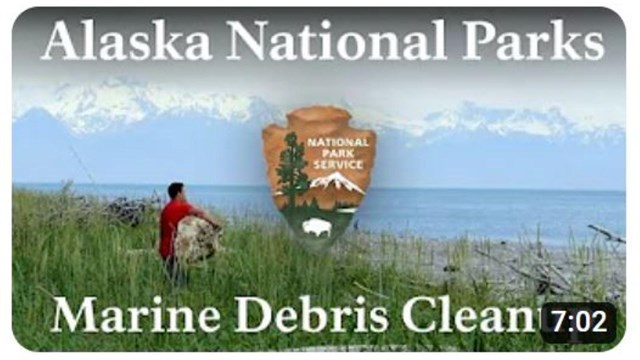
Alaska's Marine Debris Cleanups of 2015
Hear the story of how 5 National Park Sites in Alaska joined the statewide effort to clean marine debris off Alaska's coasts in 2015. 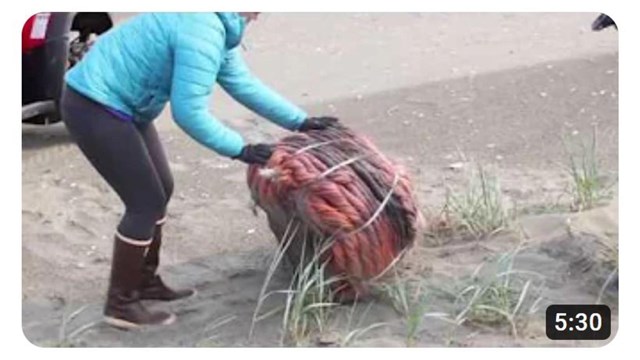
Marine Debris Cleanup by Brian Britt
Brian Britt, a youth videographer with the Alaska Teen Media Institute, shares his experience participating in a marine debris cleanup. 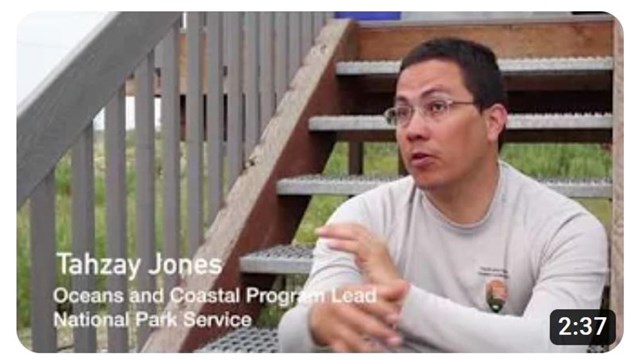
Marine Debris Cleanup by Sam Bernitz
Sam Bernitz, a youth videographer with the Alaska Teen Media Institute, shares the process behind a National Park Service driven cleanup. Explore more about impacts of marine debris in this region: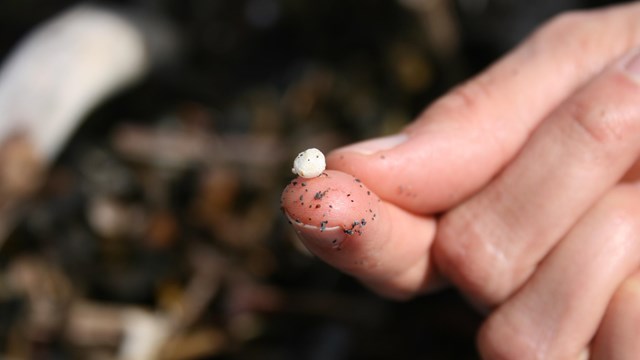
Tiny Pieces, Big Impact
How do microplastics affect marine environments? 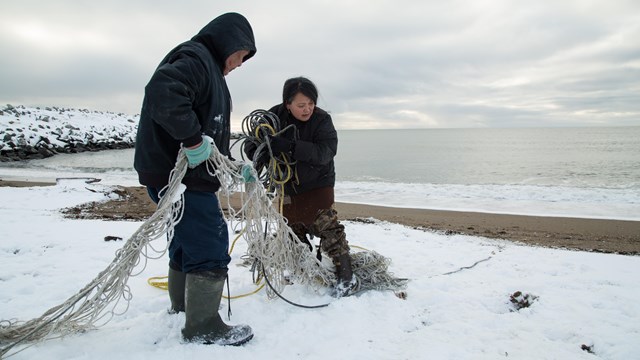
Ocean Health is Our Health
How does marine debris affect habitats, animals, and people? 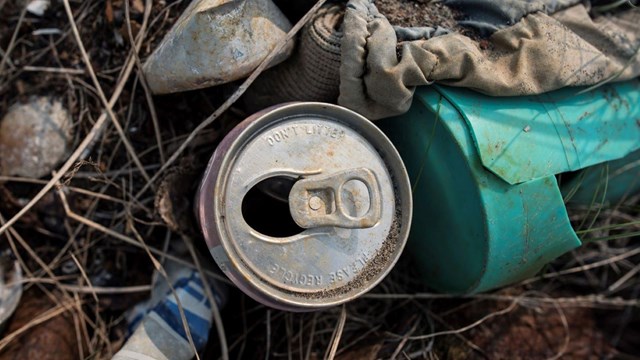
How Can You Help?
Small decisions make a BIG difference. |
Last updated: October 6, 2023
